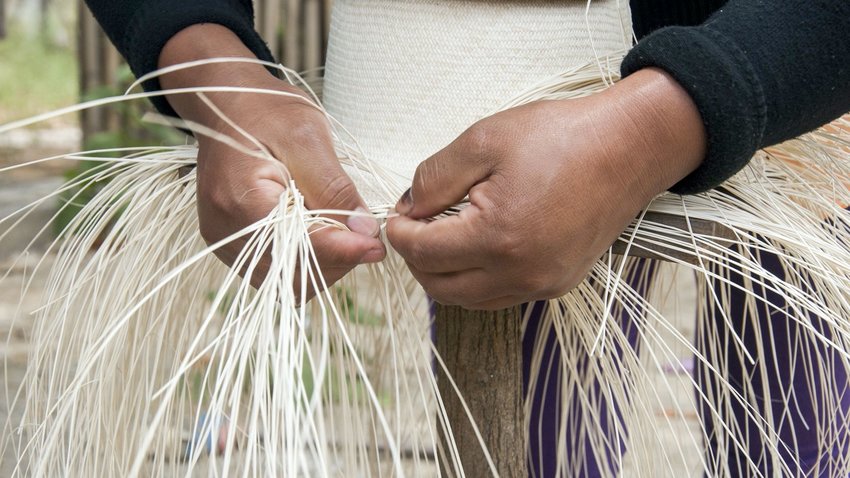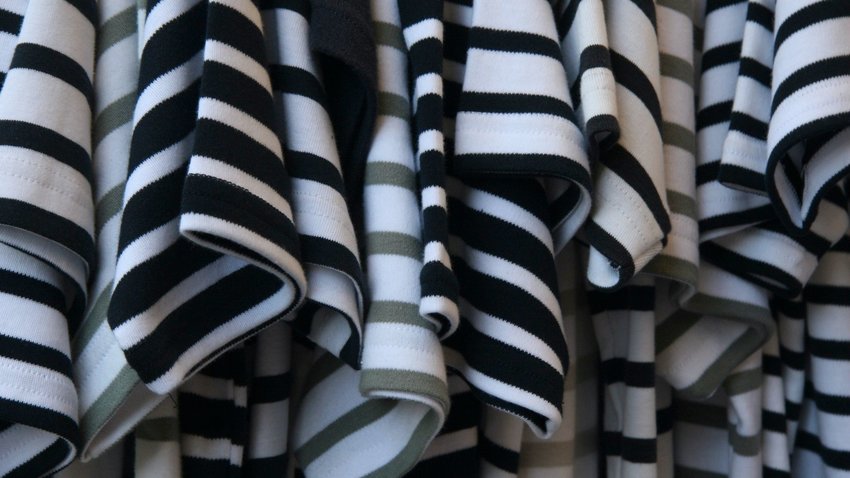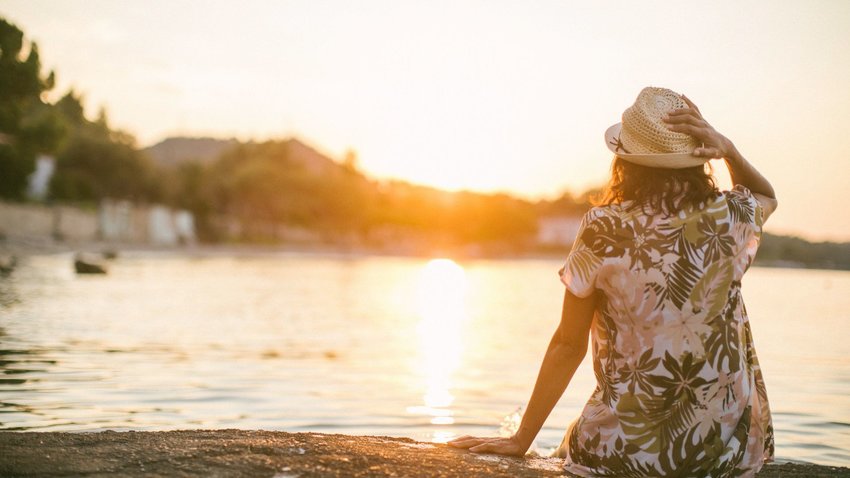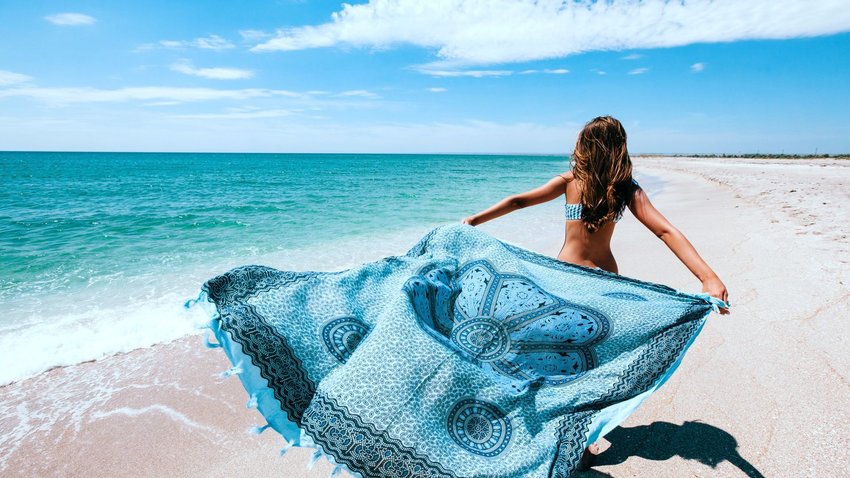The best souvenirs are the ones you’re likely to use at home, making clothing a top purchase for many of us while we’re away. So it follows that while we can’t travel, buying something that reminds us of past trips might just be the thing that keeps us going until our next vacation, whenever that may be. If you like to dress to impress, here are some suggestions for global style for grounded travelers.
The Panama Hat

The Panama hat isn’t from Panama at all – it’s Ecuadorian. The clue’s in the straw: the palm-like Paja Toquilla is native to South, not Central, America. The Panama connection comes from the use of these hats to shade canal workers from the tropical sun over a century ago.
Creating a hat from this natural fiber isn’t as easy as it looks, and the skill is handed down from one generation to the next. The most basic hat can be assembled by hand in a day or two, but to produce the finest quality Montecristi, it’s a four month labor of love. Talented fingers split the straw and plait it into a fabric that’s surprisingly soft. The finer that fabric, the higher the price – the best fedoras go for thousands of dollars, though you can pick up a half-decent one for a couple of hundred.
The Breton Shirt

Nothing screams France in summer like the Breton shirt. Yet this top, with its signature navy or black stripes on a white background, was once a heavy wool knit relied on by fishermen to protect them from the elements. Later, in 1858, la marinière became part of the French naval uniform; each of the 21 stripes represents one of Napoleon’s victories.
But it wasn’t until 1917 that the foundations were laid for the garment to become a fashion icon. Coco Chanel introduced her nautically-inspired cotton sweater to women only too keen to throw off their suffocating corsets in favour of something altogether more comfortable. Today, it’s still a celeb favourite, worn by actors, models and even royalty. Mimic them in these Saint James classics for men and for women.
Bermuda Shorts

Not to be confused with baggier cargo shorts, these tailored shorts sit just above the knee. Color is everything with these shorts – the brighter the better. Take a look at the selection offered by TABS Bermuda and it’s clear that this once-dated item of clothing is again the height of fashion.
According to TABS, during the First World War, Bermudian Nathanial Coxon’s tearoom did a roaring trade serving British naval officers. Being cooped up in a stuffy, crowded café wasn’t the best environment for Coxon’s employees, so he improvised with some cut off trousers to make them more comfortable. Rear Admiral Mason Berridge saw them and decided they’d be just perfect for his men as well, and the Bermuda short was born. The rest, as they say, is history.
The Hawaiian Shirt

An Aloha or Hawaiian shirt should be a weekend staple of any man’s summer wardrobe, whether they’re an islander or not. It’s typically an open neck shirt, often worn untucked. But despite how casual that sounds, it’s as commonly seen as Hawaiian business wear as it is as beach gear.
You’ll often see Polynesian motifs in bold colours, though at the beginning many were made from Japanese kimono fabric. Another authentic choice is a shirt with a floral design featuring the hibiscus, Hawaii’s state flower. They’re so common that you could find them at Walmart, but for a Hawaiian-made shirt with an enviable pedigree try the range from Kahala, a Honolulu-based outfit that’s been pleasing a loyal clientele since 1936.
The Sarong

The sarong is surely one of the most versatile items a traveller can pack. Use it as a substitute towel, a makeshift bed sheet, a pillow on an endlessly long bus ride or even as a purse. The term comes from a length of cloth worn as a long skirt on the Malay Peninsula and Indonesia. But variations of the sarong can be found in many other parts of the world, such as the kikoi in East Africa, the futah in Yemen and the pareo in Tahiti. If you simply want to wear it, that single piece of cloth can be reworked in many ways: tie it at the waist or cross it halter-style around the neck as a dress. Try this pretty floral Bluebell Vines Wrap Pareo Swim Cover-Up from Echo, or for something bolder, opt for this Trina Turk Treasure Cove Pareo Swim Cover-Up, both available from Bloomingdales.
Photo by Evgeny Haritonov





